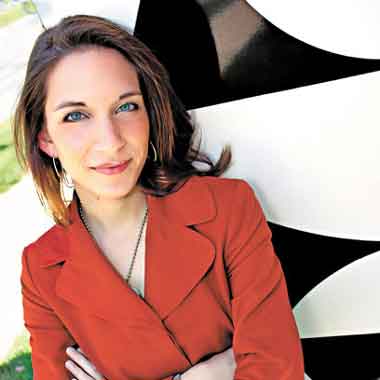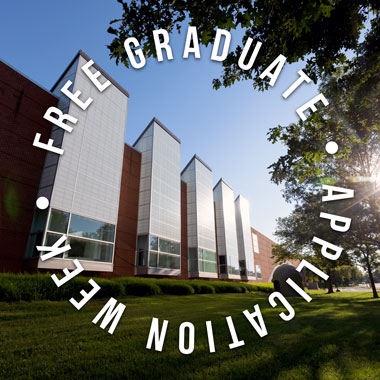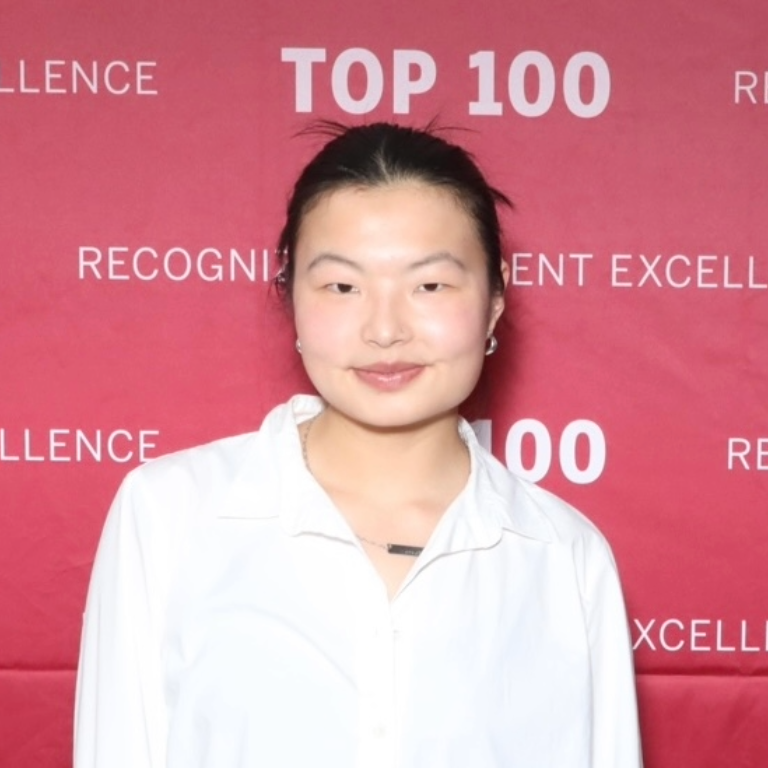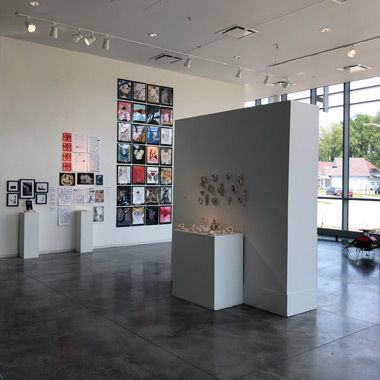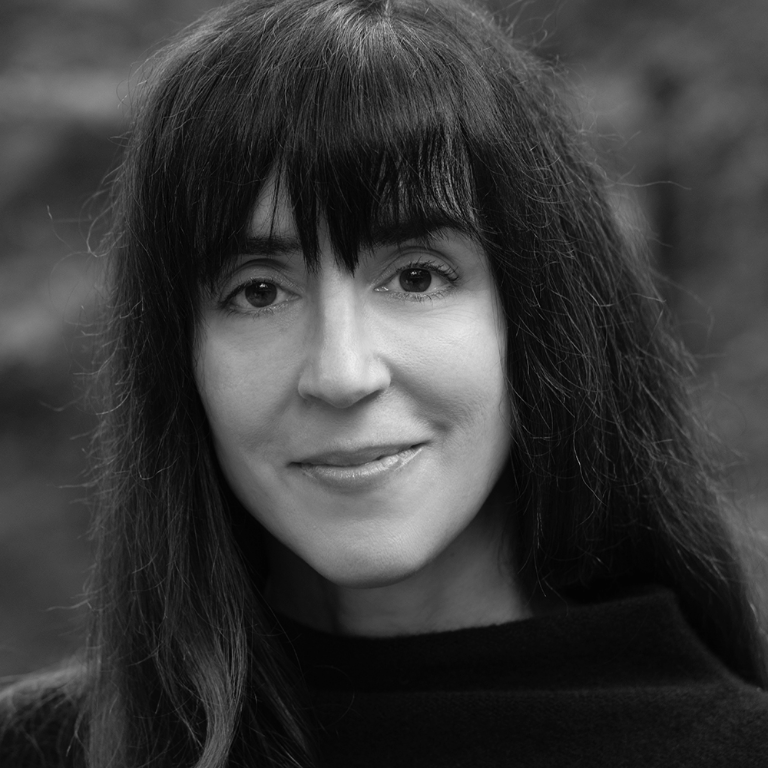As the first day of the fall semester draws near, it’s a time of new beginnings for Herron students, faculty, and staff. For one Herron staff member, her new beginning means there must be an ending too.
Abbey Chambers has been an advisor in Herron’s Office of Student Services and Admissions since 2011 and has been involved with Herron since 2008. Her last day will be Friday, August 18, 2017. The following Monday, Chambers will be a full-time doctorate student at IUPUI in a new Ph.D. program.
We caught up with Abbey to take a look back and a look forward.
HERRON: You studied art history as an undergraduate and graduate student, and ended up in Student Services. How did you arrive in that role?
ABBEY CHAMBERS: I started at Herron in January 2008 as an administrative assistant to the directors of the Basile Center and the Galleries. That fall, I began teaching art appreciation courses as an adjunct instructor. Before and after classes, students would sometimes ask me about their academics, with questions about possibly becoming a Herron major or picking up a minor in art history from Herron.
This little bit of advising made me realize I might enjoy advising full-time at Herron. I felt like I had a natural skill for it, so when an opportunity came available to advise in Student Services in 2011, I applied and was hired for the role. With the exception of a seven-month stint directing the Basile Center, I have been working in Student Services for over six years.
I initially advised undergraduate students, having a special focus on art history students. In 2013, my focus evolved into graduate recruitment, admissions, and academic advising. In 2014, we added career services to my responsibilities. Whether talking to students as a recruiter, academic advisor, or career services advisor, I have enjoyed working with students to help them figure out their true direction.
HERRON: Tell us about what you’ll be doing next and how you decided upon that direction?
CHAMBERS: I will be a full-time student in IUPUI's inaugural cohort of Ph.D. students in American Studies. It is a very broad, interdisciplinary field, and the program is designed to give students practical, professional training in their field of interest, which are reasons I chose it. My academic background is in art history, but, partly thanks to some past professional and volunteer experiences, my interests are broader than that.
In the program, I will be in a track called Cultural Ecologies. I will investigate how art and culture impacts a community and the mental wellbeing of the people who live there. I want to find different ways of measuring this impact. Rather than focusing so heavily on economic impact – as is so often the case when people try to prove that art and culture matter – I want to look at other elements that consider how aesthetics, art, and culture encourage communication, understanding, and senses of belonging and ownership for people in their neighborhoods.
My research will be rooted in my art historical training, but it will also challenge me to step outside of my comfort zone into areas like sociology and geographic information systems.
HERRON: How has your experience at Herron impacted your decision to pursue the cultural ecologies program?
CHAMBERS: Teaching at Herron and developing new courses covering American art history motivated me to continue expanding on my research interests after graduate school. Because I love researching and writing, I have always felt like a Ph.D. would eventually be in my future.
Being surrounded by students and faculty who were doing research in areas that they were passionate about has always been very inspiring. I have watched Herron students and faculty work in the community to develop programs and make positive impacts on people and neighborhoods. The Ph.D. program will enable me to combine my professional skills and research interests with my desire to elevate art and use it as a vehicle to promote social change and advancement.
HERRON: What type of work do you hope to be doing afterwards? How might what you’ll be investigating be helpful to artists and designers working in the community?
CHAMBERS: When I complete the program in three years, I envision being in a position where I can work with community organizations, government entities, and legislators to create more opportunities for artists and designers to work in and with communities, either directly or through new initiatives. My goal is to find ways of making sure art and culture are more deeply – rather than superficially – incorporated into communities and the lives of everyday people.
HERRON: Any parting words of wisdom for Herron students?
CHAMBERS: I've always advised students to follow their passions. If they love what they do, they will figure out how to make money to support themselves, as long as they are willing to put in the time and effort that it often takes to find success and as long as they are courageous and resourceful enough to create opportunities for themselves when it seems none exist.


